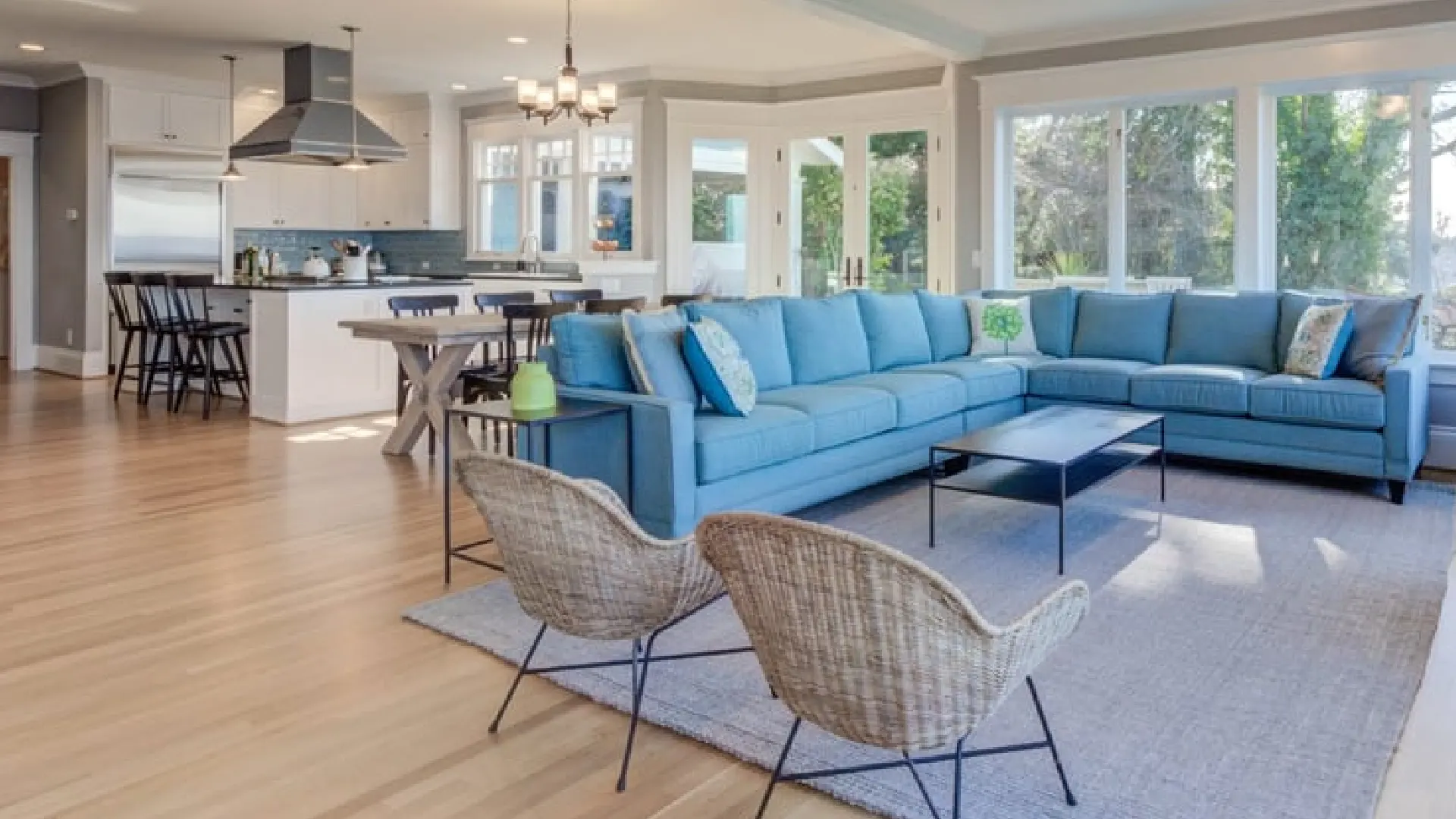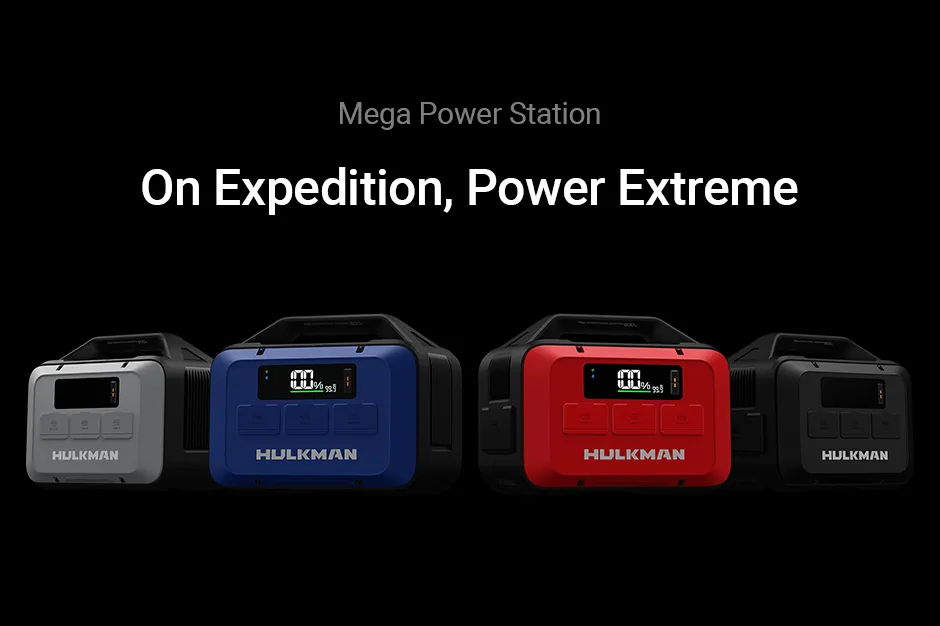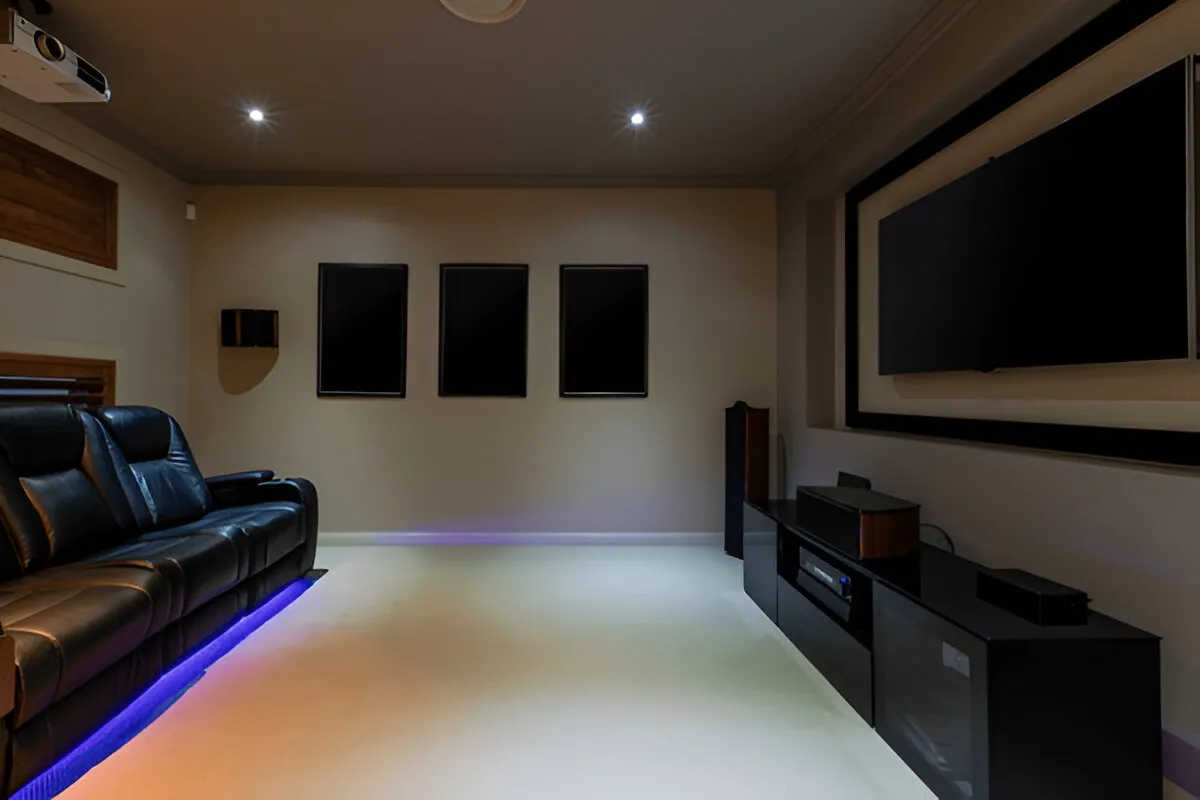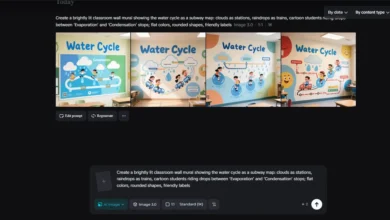
In 2025, how we design, renovate, and furnish our homes has fundamentally changed. Smart technology advancements and exciting digital platforms have reshaped home improvement from a do-it-yourself experience into a digital and very personalized process.
Home design was largely restricted to in-store displays and contractors’ advice. Alternatively, today, it has been brought into a new age, with the introduction of AI and AR and the involvement of user content to prompt creative ideas.
More and more homeowners and interior designers have turned their homes into less of a place of shelter and more of an expression, a space that screams for individual style, grows with changing needs, and elegantly connects with cutting-edge tech.
At the core of this transition lie the platforms that harmonize design concepts, product offerings, and expert professionals on a single digital platform.
Houzz is a platform that integrates design guidelines, expert resources, augmented reality renovation tools, and a vast product catalogue. Platforms such as Houzz succeed because they put users in a position to make their creative visions achievable by using advanced guidance tools that guide them through each step.
Consider the increasing role played by augmented reality (AR) in changing the way people build interior designs. With the help of such platforms as Houzz, people can virtually put items in their houses and instantly see how they look on their screens.
AR allows you to make changes to your virtual space by adjusting the angle, position, and size of items to see the effect immediately. It eliminates doubt and allows homeowners to rely on their choices before making a decision.
Plus, the capacities of this tech are so far from just augmented reality. Brain/computer recommendation engines use user behavior, room measurements, and online activity to offer recommendations that reflect and improve each user’s unique design vision. Using smart platforms, you can now design your home identity customized, as well as a visual showpiece, and be functional according to your preferences on the lighting, textiles, flooring, and kitchen fixtures.
Importantly, these platforms increase access to professional support for those who need design aid. Through Houzz, users have access to a network of architects, interior designers, and contractors, with the vast majority of them offering virtual consultations.
The harmonization of the latest technology is facilitating interior improvement. Users save money on style and quality without compromising, while taking advantage of advanced product comparison platforms, real price-checking functions, and monitoring of promotional offers.
An example is how a valid Houzz Promo Code may end up in lower prices for select items, especially furniture, lighting, outdoor décor, and renovation supplies. If you are either a rookie or an experienced renovator, these offers allow you to improve your design on a budget and remain true to the standards of your taste.
Contemporary digital design tools’ main strength is their ability to view the whole design process. Purchasing a coffee table has become redefining the entire living room mood. It is more than just choosing tiles anymore; you are designing a kitchen system that fits your lifestyle.
Houzz and other similar sites have automated the project planning, contractor searching, budget tracking, and 3D rendering process in one package. In other words, technology truly shines here, turning complexity into clarity.
Home design is set to become even more unified in the long term. Platforms are currently testing voice-activated project assistants, AI-created room designs, and smart appliances that are part of design apps to enhance their accuracy and usability.
Your kitchen appliance and climate systems may soon interact in real time with the layout app for your kitchen design to recommend configurations that maximize your cooking requirements and save energy waste.
However, the balance between privacy and personalization should continue to be critical across all data-driven systems. Users are increasingly dissatisfied with how the platforms collect information on home layouts and user behavior.
Reliability will be very important in differentiating home tech platforms where open communication, privacy, and user authority are considered equally with aesthetic options and cost-determinants.
In 2025, home design will be available to everyone and will not depend only on rich homeowners or dissatisfy those who prefer to build their houses alone. Under collaborative tech aid, users can use this service to design homes that are useful and functional in themselves and in their appearance.
Modern home tech platforms with creative inspiration features, planning features, product search features, and money-saving solutions make it easier to transform any home into one’s dream home.

















